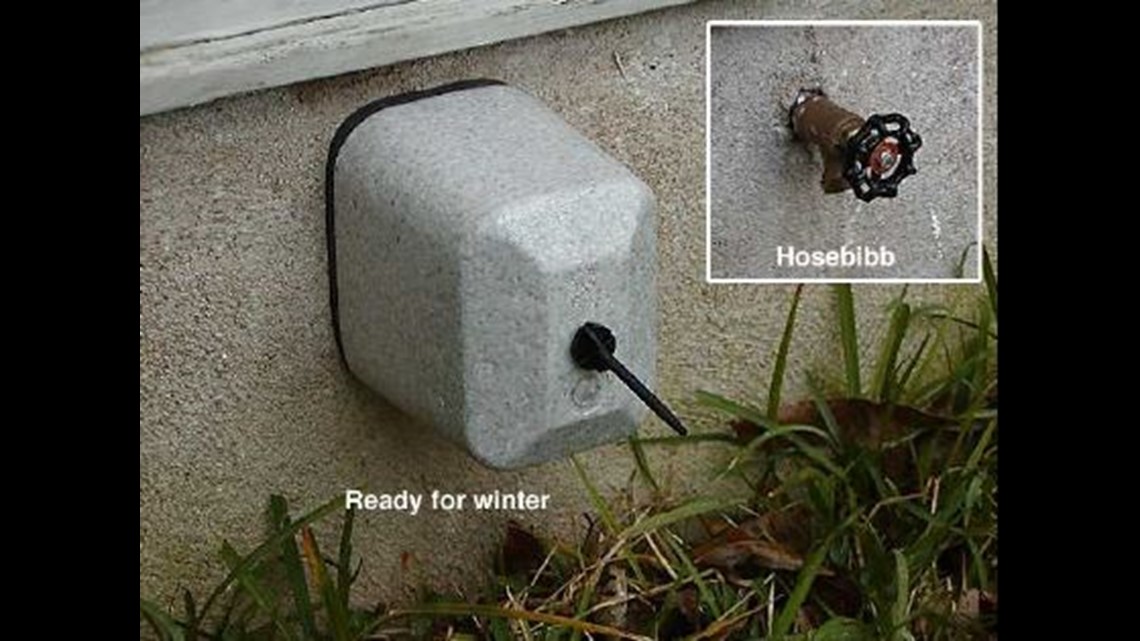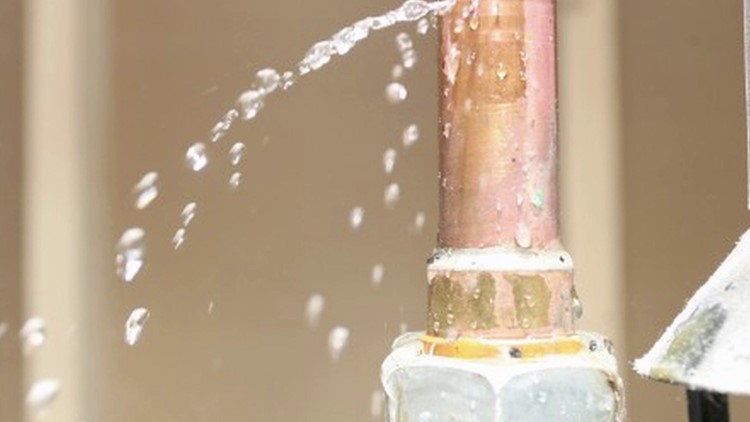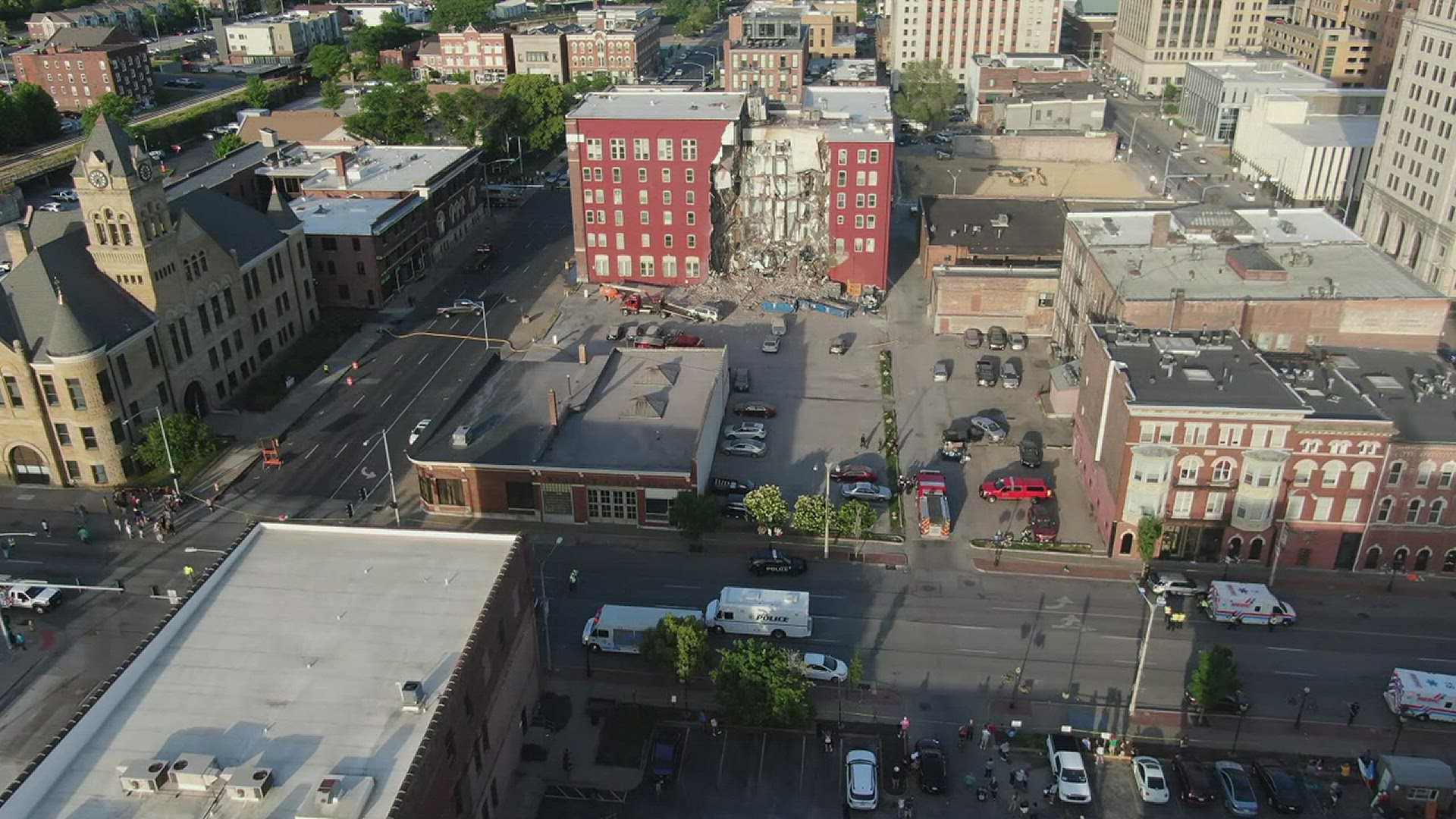It is advice your mother gives you each time temperatures dip below the freezing mark:
"Make sure to drip your faucets."
Mom is right.
Leaving a faucet open during freezing cold weather can help prevent your pipes from freezing and bursting -- which can lead to expensive home damage. But do you know how many faucets to keep running at one time? And do you know which faucets are most effective when it comes to preventing frozen pipes?
"One sink is good. Usually the farthest sink from where the water comes into the house," Henrico (Va.) Fire spokesman Captain Daniel Rosenbaum advised. "If water comes in through the front of the house, look at the sink in the back of the house. That way, the water is flowing through all of the pipes on the underside of the house."
Here are some prevention measures that may help protect your pipes:
FOAM
Insulate pipes exposed to the elements or cold drafts.
By keeping your water warmer, you reduce the amount of energy needed to heat water in the cold, winter months.


Place an insulating dome or other covering on outdoor faucets and spigots to reduce the likelihood of water pipes freezing, expanding and causing a costly leak.
DRIP
Allow a slow drip from your faucets to reduce the buildup of pressure in the pipes. Even if the pipes freeze, the release pressure in the water system will reduce the likelihood of a rupture.
If your pipes do freeze, here are five things you should do and one thing you should not do:
- Keep the faucet open. As the frozen area starts to melt, water will flow and running water will help melt ice in the pipe.
- Apply heat to frozen area using an electric heating pad wrapped around the pipe, an electric hair dryer or towels soaked in hot water.
- Use a portable space heater, kept away from flammable materials, to warm under the house. Never leave heater unattended.
- Apply heat until full water pressure is restored.
- If you cannot find the frozen area, if the area is not accessible, or if you cannot thaw the pipe, call a licensed plumber.
- DO NOT use a blowtorch, kerosene or propane heater, charcoal stove, or other open flame device.



